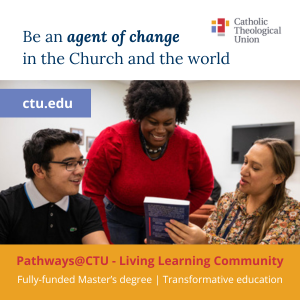By Maddie Bologa, Cristo Rey Jesuit Volunteers
While working at Cristo Rey Jesuit High School together, my fellow volunteers and I would return after a day’s work to our cozy, third-story apartment located on one of the major streets in Chicago. In this apartment, we shared meals and favorite pastimes, reflected on our volunteer journeys at the high school, and hosted many guests. It was home. No matter the busyness of school life at Cristo Rey – driving the bus routes, teaching classes, leading a club – our shared commitment to embrace community and simple living always seemed to be steady. After all, we committed to practicing these pillars when we embarked on our two-year journey as Cristo Rey Jesuit Volunteers. Volunteers learn and grow with one another through service – but as I reflect on my two-year experience, I see that many of the lessons I learned about community and simple living came not only from my fellow volunteers. Rather, they came also from the very people who I served everyday: my teenaged high school students!
While I saw my high school students build community in many ways on their own – such as being loving members on a sports team or mentoring each other – there is one place in particular where they “schooled” me on the true spirit of community and simple living. Between my first and second school years at Cristo Rey, I chaperoned a group of five rising seniors on a service immersion trip to Nazareth Farm in West Virginia. These five, my co-chaperone and I hopped in a minivan in Chicago early one Sunday morning in June to embark on what became one of my favorite memories as a volunteer.
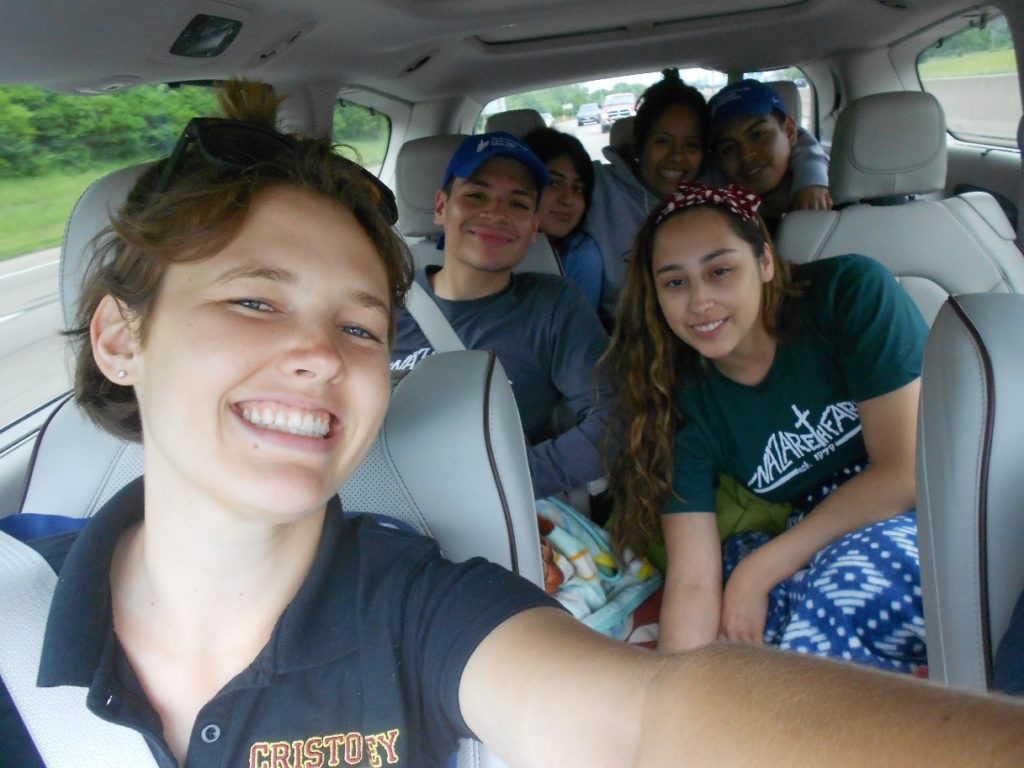
At that point in my volunteer service, I felt as if I had the pillars of community and simple living nailed down. We volunteers spent retreats focusing on these themes, as well as practiced them together. However, what was to happen at Nazareth Farm (another volunteer program with similar pillars), where I would be expected to partake in these practices with my 17-year-old students? What would it be like to have them cook my meals? How would it feel to be conserving water by refraining from showering all week, knowing that same request would be asked of my students? This week would be the longest amount of time any of them had spent away from home. While I was well versed in the lingo of community and simple living with my fellow volunteers, I was nervous about what these pillars would look like outside the confines of my volunteer program.
Despite this uncertainty, my nerves were quickly alleviated. My students immediately sought out ways to befriend other students and learn about each other. I saw them leading games out in the field at night, trying new foods without reluctance, and embracing the call for simplicity with enthusiasm and zeal. I always knew that I was with some great students, but participating in these pillars with them at Nazareth Farm showed me just how much they facilitated and encouraged community building and simple living on their own. I found myself having to keep up with their creative ways of playing cards without using any light, sharing their food so that none would go to waste, and remembering every one’s names so that nobody felt left out of the group. I was in awe at how they exhibited the volunteer spirit that I had been working on for the past year. While I thought that I would be the one inviting them to practice community and simple living, it turned out that they were the ones who were constantly inviting me.
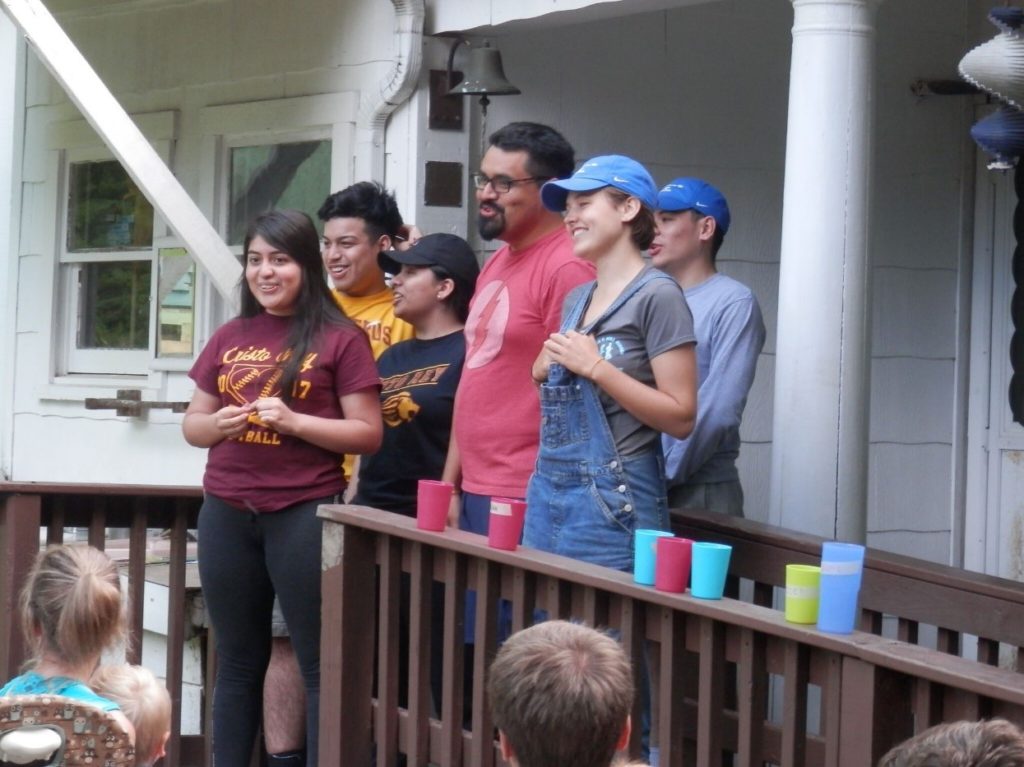
My view of community and simple living transformed from a rigid idea to one that was creative and boundless. Before our trip, I confined these pillars to a set of rules practiced by the volunteers in our apartment residence. After Nazareth Farm, I saw these pillars as expansive and innovative gestures being practiced all around me, among the teenagers that I had been spending time with every day.
While I’m incredibly sad about the end of my two years as a Cristo Rey Jesuit Volunteer, I will take with me the lessons from students that I do not need a two-year contract or defined program to practice community and simple living. Rather, by seeking ways to make others feel at home in whatever space I may be in next, I can contribute to and participate in community. By keeping in mind my spiritual well-being and place in God’s creation, I can practice simple living and stewardship. Lastly, and perhaps the most important, I recognize that there are always people around me who are inviting me into a deeper relationship with God- no matter if they are high school students or senior citizens. Learning is a lifelong adventure, and with a spirit of service, I hope to continue to learn from those who walk alongside me. Despite the conclusion of my volunteer service, my commitment to a life of service is only beginning.
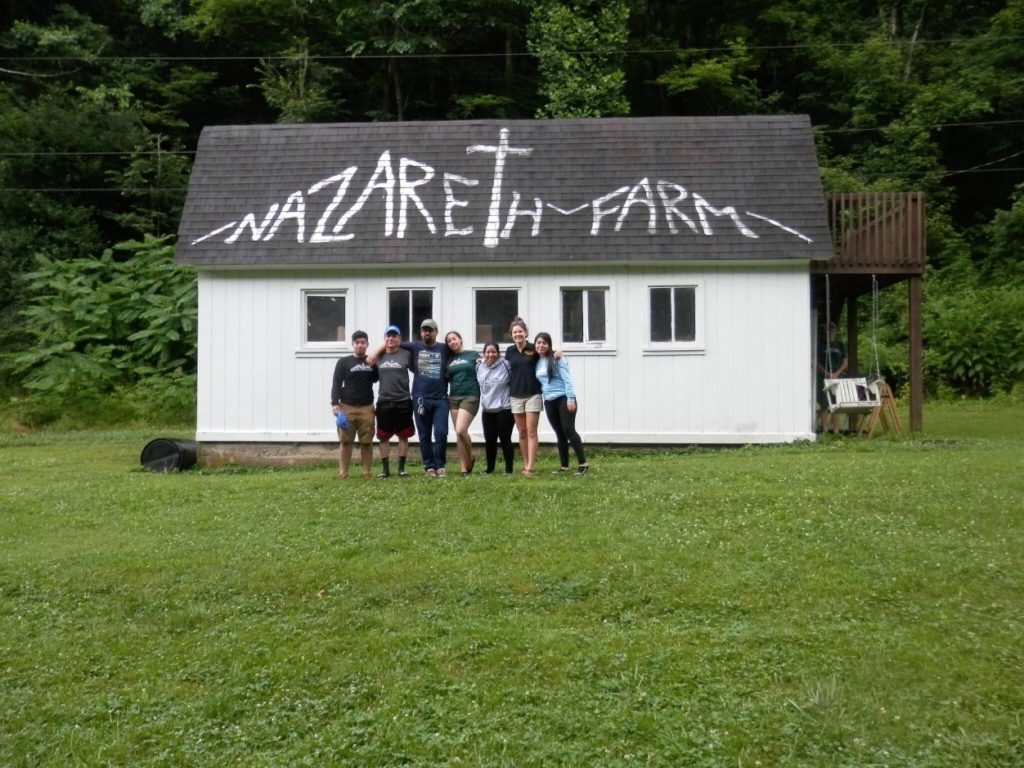

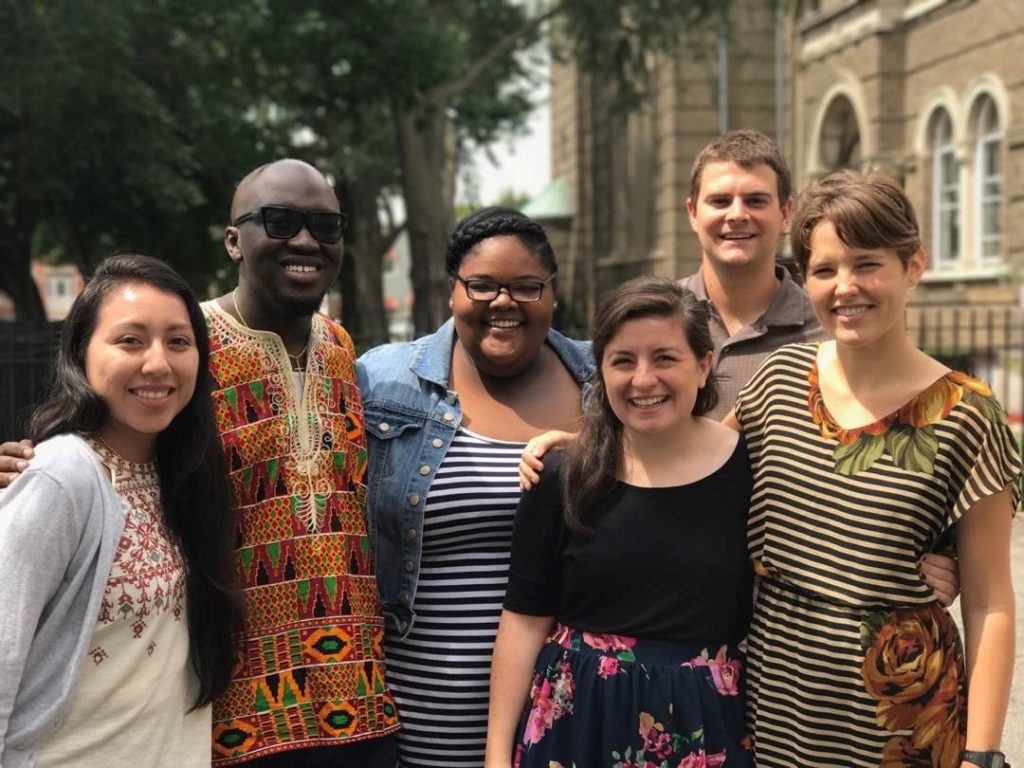
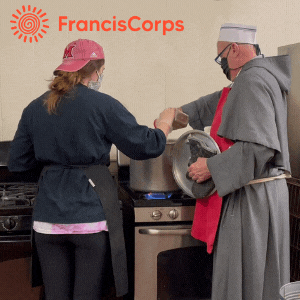
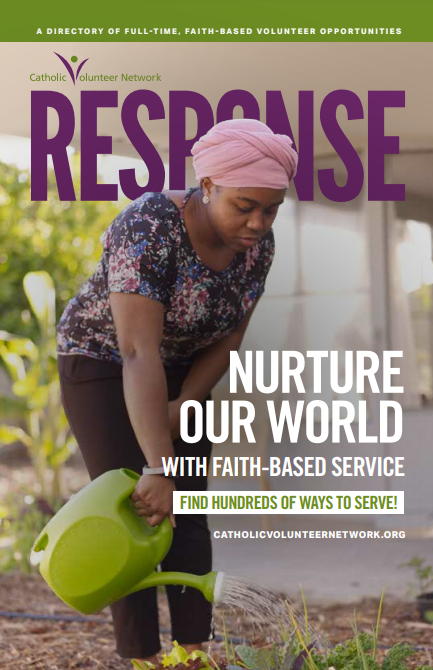 Thousands of faith-based service opportunities can be at your fingertips with the RESPONSE. Download the latest edition today!
Thousands of faith-based service opportunities can be at your fingertips with the RESPONSE. Download the latest edition today!
